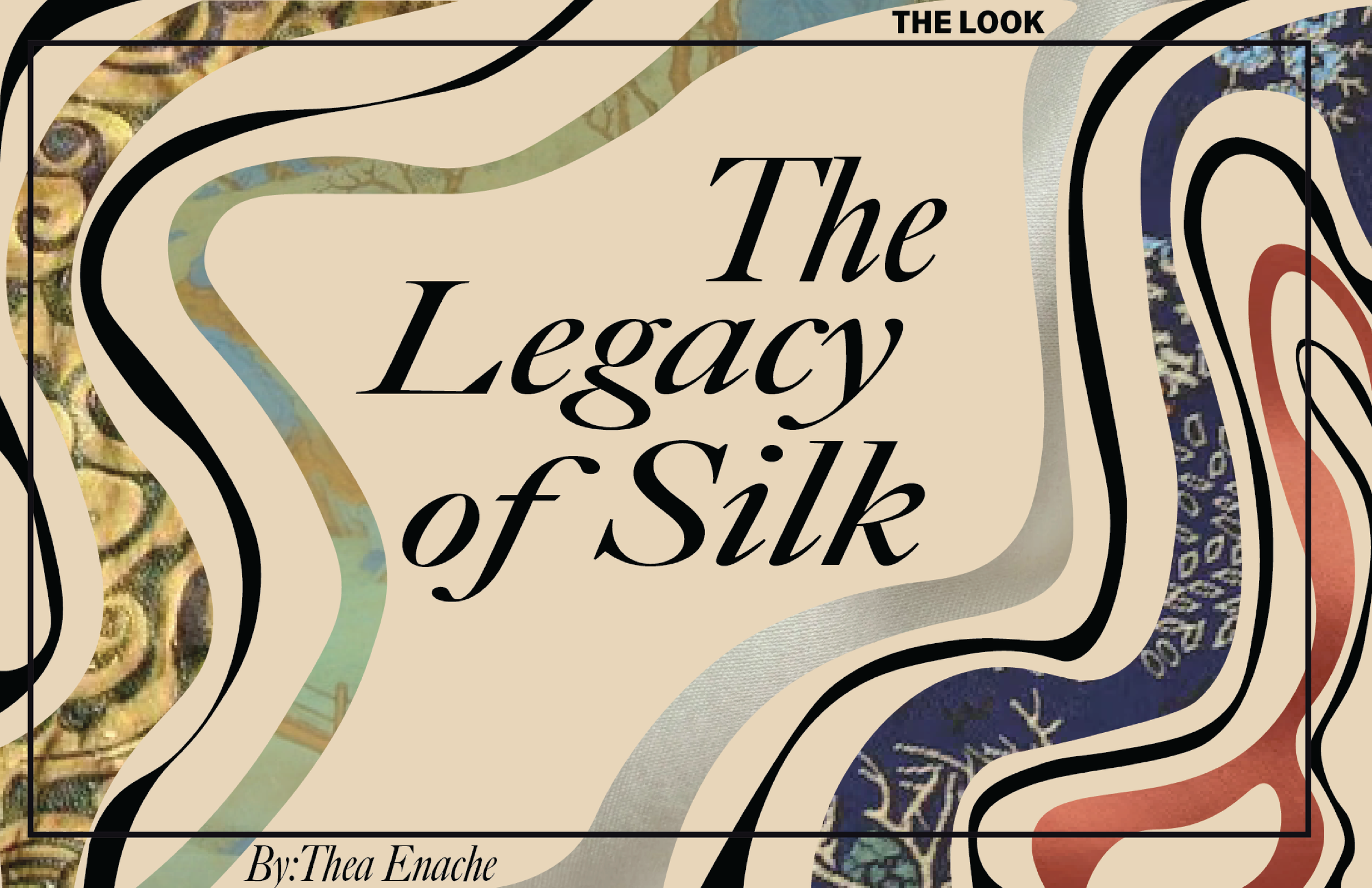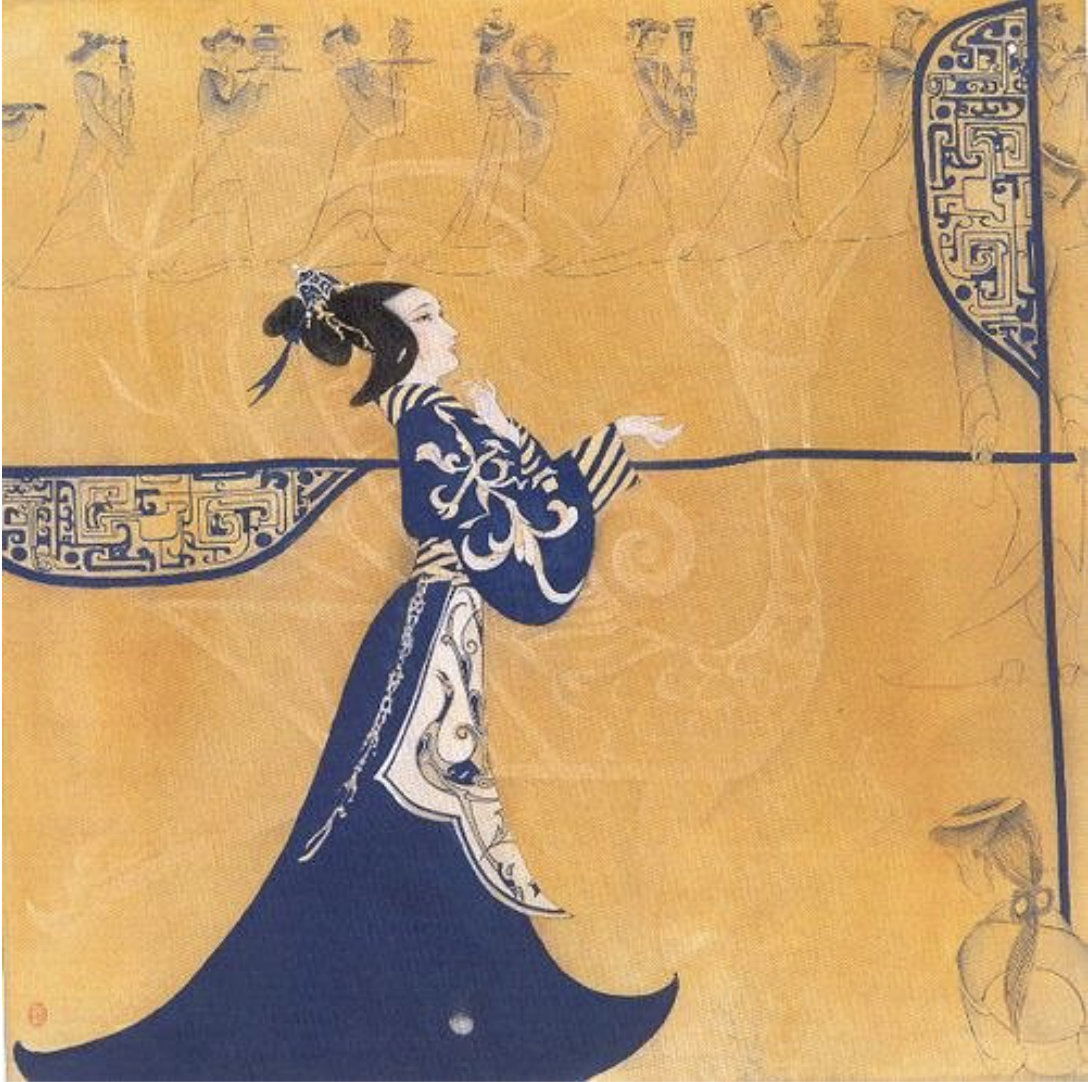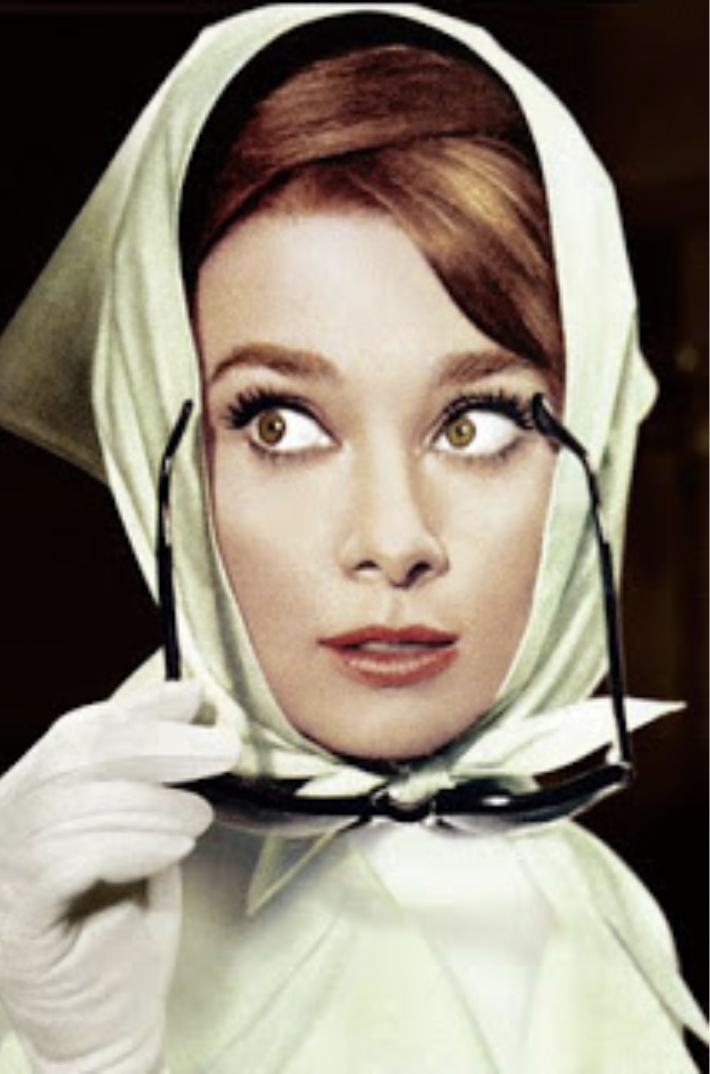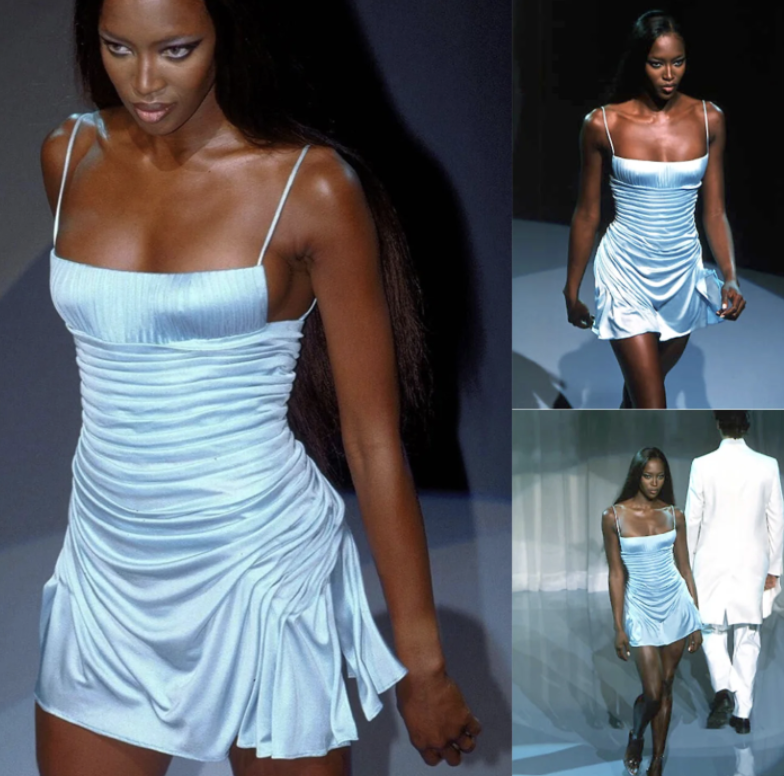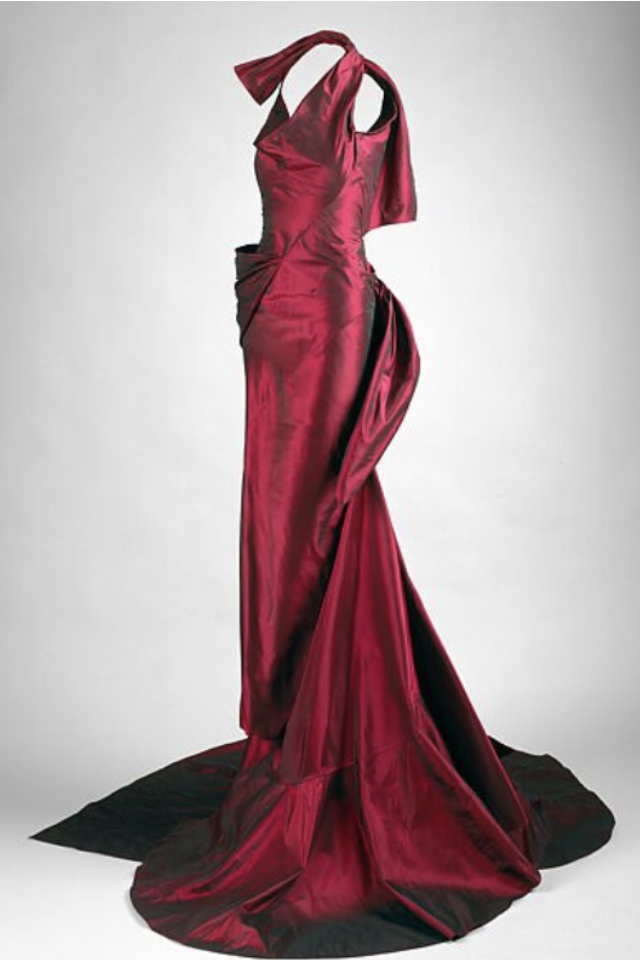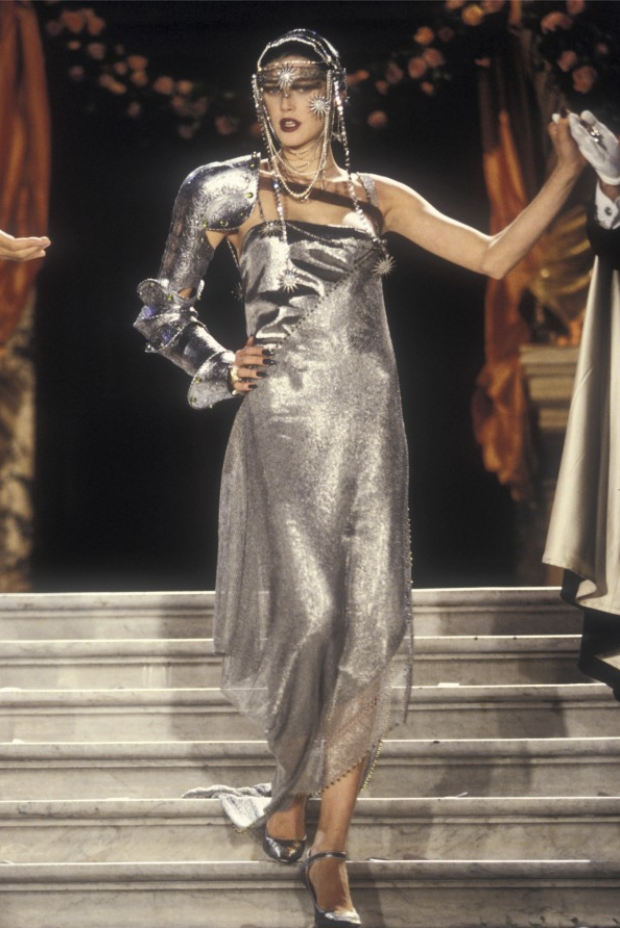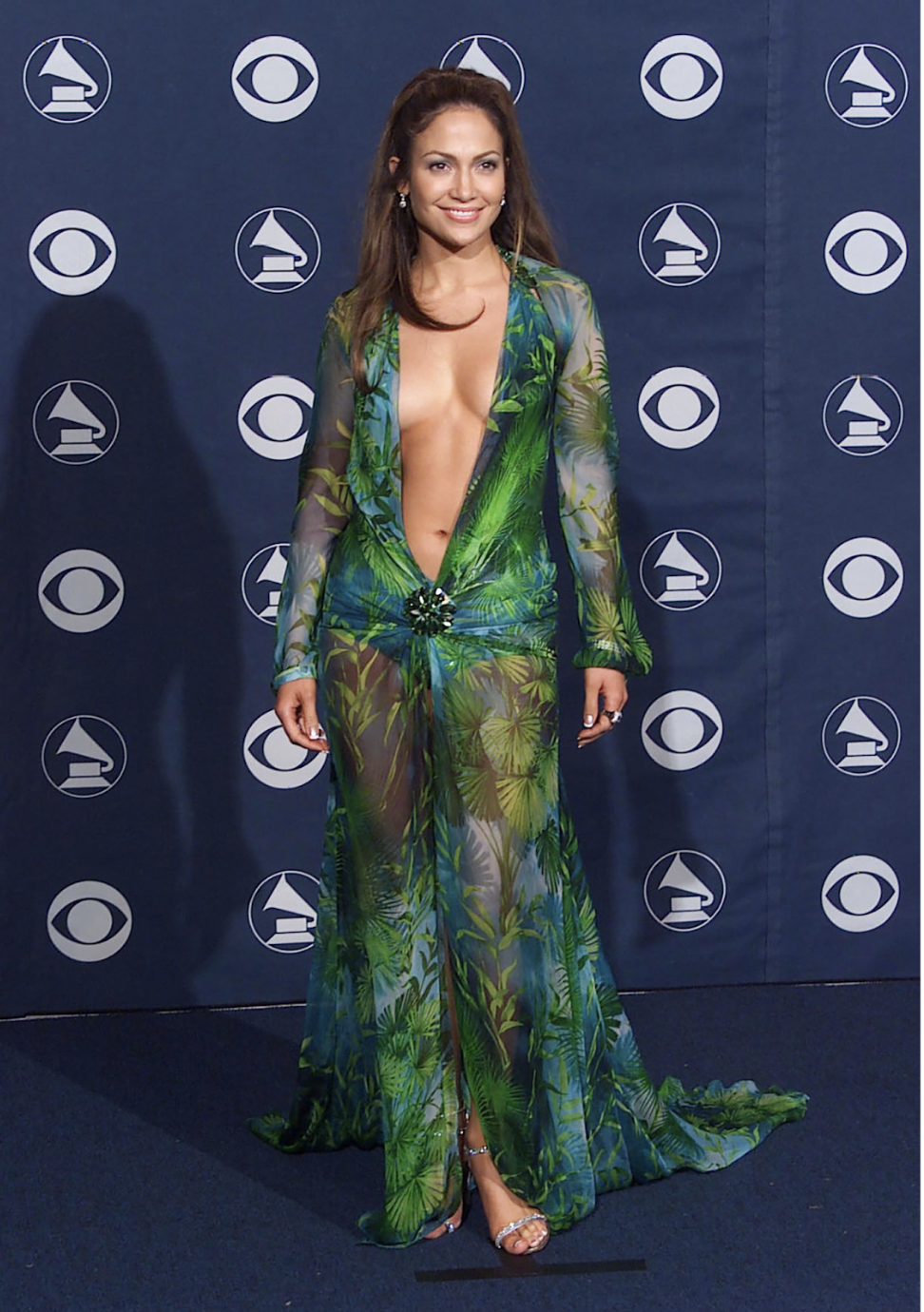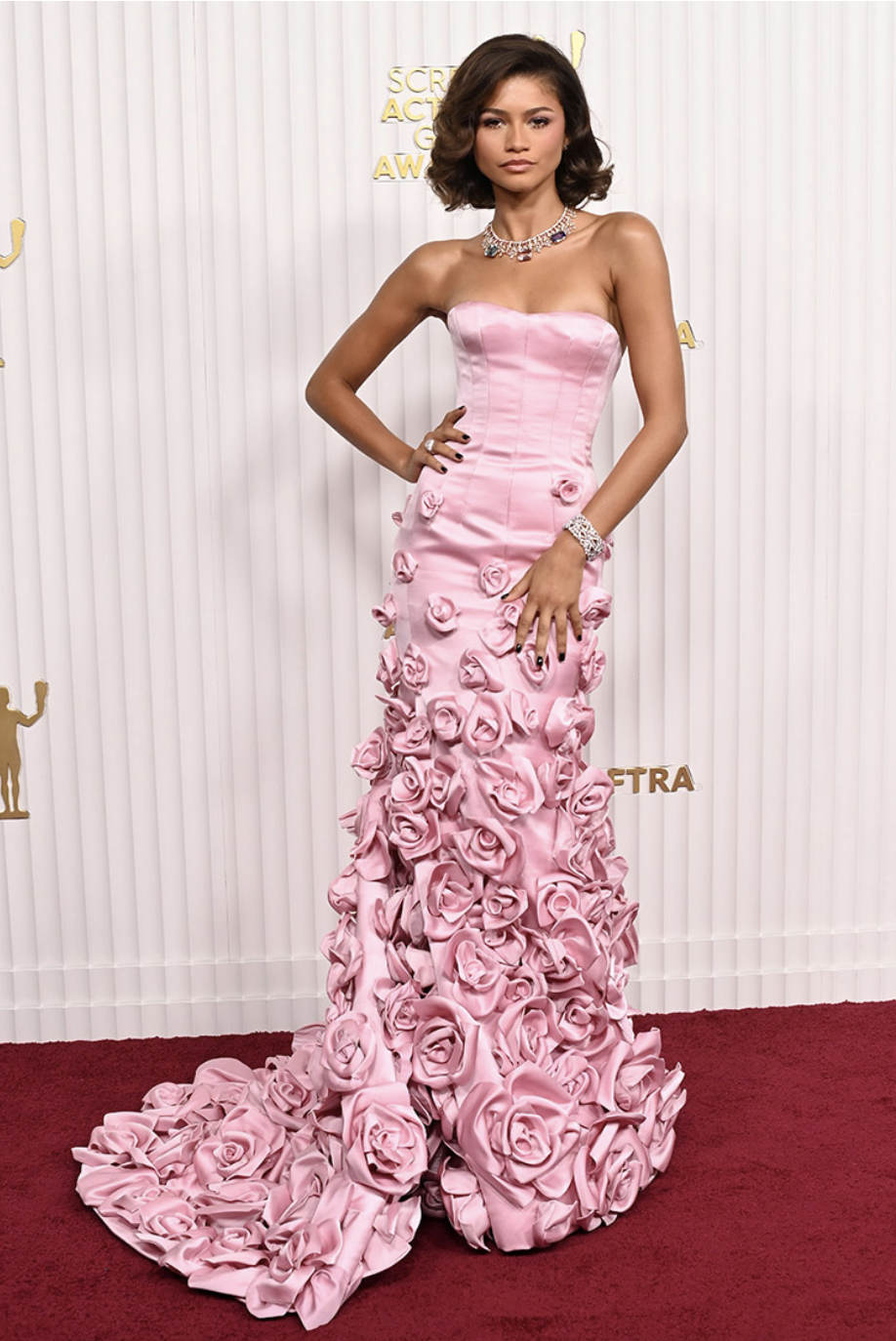The Silk Edit: Timeless by Design
Origins of Silk
Silk is one of the rare fabrics that carries nearly 5,000 years of cultural weight. A material that began in secrecy, transformed empires, and today defines fashion moments on runways and city streets.
Inventor of sericulture in 2640 BC, Xi Ling-Shi (Leizu)
According to Chinese legend, silk was discovered around 2700 BCE when Empress Leizu (嫘祖) accidentally dropped a silkworm cocoon into her hot tea. As she pulled it out, the delicate casing unraveled into a thread almost 3,000 feet long; light and soft, but stronger than any fiber known. From this came sericulture, the practice of breeding silkworms and reeling their filaments into cloth. For over 2,000 years, this process was China’s most closely guarded secret, punishable by death if revealed.
Silk and the Silk Road
By the Han Dynasty (206 BCE - 220 CE), silk had become China’s most prized export. Traders carried bolts of shimmering fabric westward along the Silk Road, which stretched over 4,000 miles into Persia, India, and Rome. Roman elites were so obsessed with it that emperor Tiberius tried to ban silk in 14 CE, complaining it was too “decadent” and drained the empire’s gold. Naturally, the ban failed. Senators and aristocrats draped themselves in translucent silks anyway lol.
The Silk Roads connecting the Han Dynasty to the Roman Empire.
From Secret to Status Symbol
By the 6th century, silk had escaped China’s borders. Legend has it that two Byzantine monks smuggled silkworm eggs hidden inside hollow canes, allowing cultivation to spread westward. Soon Byzantium, then Italy and France, developed their own silk industries.
Italian cities like Lucca and Venice became synonymous with luxurious brocades during the Renaissance, while 17th and 18th century Lyon rose as Europe’s silk capital. In the gilded halls of Versailles, silk garments embellished with metallic embroidery signified prestige, their extravagance epitomized by Marie Antoinette.
The Industrial Revolution shifted silk once again. Mechanized looms, global trade routes, and colonial expansion made the fabric more widely available. What was once the domain of kings and queens became accessible to the rising bourgeoisie. Yet, even as silk became more accessible, its allure as a symbol of refinement never faded. Instead, it adapted, becoming the textile through which luxury houses, designers, and icons could signal elegance and taste.
Early Iconic Silk Moments in Fashion
Across centuries, silk has framed fashion’s most enduring images worn by figures who shaped both style and culture itself. Silk has served both as a statement and symbol from silver screens to royal courts and rebellious popstars to runway supermodels alike.
A few unforgettable early serves:
Marilyn Monroe’s White Gown
Marilyn Monroe in her iconic white gown.
Silk’s beautiful liquid shine amplified Monroe’s magnetism, capturing an era when silk gowns were the pinnacle of cinematic allure. Her look symbolized the merging of Hollywood fantasy with timeless textile tradition. The gown’s liquid sheen amplified Monroe’s presence, proving how silk could transform under stage lights into something almost sculptural. It was less a dress than a spotlight in fabric form.
Audrey Hepburn’s Silk Headscarf
Effortless chic, forever tied to her Roman Holiday elegance.
Audrey Hepburn in a silk headscarf.
Hepburn redefined the scarf as more than an accessory, wearing it as armour against paparazzi or wind, yet making it look impossibly refined. What could have been practical became aspirational, setting a template for understated luxury we are seeing a comeback in today.
Grace Kelley’s Hermès Scarf
Grace Kelly with her silk Hermès sling.
This moment captured what made her a fashion legend: an effortless ability to make silk feel both regal and approachable. The scarf became synonymous with European chic, a shorthand for elegance that endures decades later.
Princess Diana’s Silk Blouses and Gowns
Princess Diana in a silk blouse and gown.
Diana showed silk’s versatility. She wore it for diplomacy, glamour, and personal expression, making the fabric feel modern while still carrying its centuries old aura of prestige.
From Monroe’s satin spotlight to Hepburn’s chic armour, Kelly’s regal ease, and Diana’s modern diplomacy, silk proved itself endlessly adaptable. She’s capable of being sultry, subtle, or sovereign depending on who wore it and how. Each of these icons demonstrated to us that silk wasn’t just a shiny cool fabric, it was the net between fantasy and fashion.
By the time fashion hit the 80s and 90s, silk was ready to shed its older world image and step into something bolder. It took everything it knew and learned from elegance and cinema and translated it into excess, attitude and pop-cultural firepower. If silk once spoke in hushed tones of elegance and royalty, the 80s and 90s taught it to crank up the volume. Suddenly, silk wasn’t just gliding across red carpets or fluttering in palace gardens, it was power-dressing in boardrooms, shimmering under MTV spotlights, and strutting down Versace runways. Jewel-toned blouses, bias-cut slips, and glossy bombshell gowns gave silk a new vocabulary: bold, unapologetic, and a little dangerous. It was the same fabric, but now charged with attitude, straddling glamour and grit as it carried fashion into a louder, faster age.
Silk in the 80s and 90s
By the end of the 20th century, silk had taken on new meanings. No longer confined to formal gowns or aristocratic wardrobes, it became a medium for cultural provocation and minimalist cool. Silk reflected the energy of the times, disruptive and glamorous all at once.
Madonna’s 1980s Slip Dresses
Madonna in a silk slip dress, 1989 Like a Prayer music video.
At the height of her influence, Madonna turned the silk slip dress, once reserved for the bedroom, into a public uniform of provocation. Her silk looks blurred boundaries between lingerie and outerwear, challenging conventions of femininity and sexuality.
In her 1989 Like a Prayer video, Madonna wore a body skimming slip that became instantly controversial and instantly iconic. The juxtaposition of delicate silk against bold, taboo-breaking imagery amplified the dress’s subversive power. This dress was cultural provocation that redefined how silk, and the women who wore it, could be seen
Naomi Campbell’s 1990s Runway Looks
Naomi Campbell on the runway in silk (Galliano, Versace, and Oscar de la Renta respectively).
Few fabrics showcased the supermodel era like silk. On the runways of Galliano and Versace, Naomi Campbell embodied the drama of gowns that seemed to pour over the body like liquid. Her commanding presence turned silk into a weapon of allure. In her hands, silk became the ultimate expression of 1990s supermodel power.
Kate Moss
Stripped silk of its grandeur, transforming the bias-cut silk slip into a minimalist icon look.
Kate Moss in a sheer silver silk slip at Elite Model Agency party, 1993.
By contrast, her unadorned silk slips were often worn with little more than strappy heels and her hair thrown up, defining the 1990s “heroin chic”.
At the 1993 Elite Model Agency party, she appeared in a sheer silver silk slip that looked almost accidental in its simplicity, and yet, the image became one of the decade’s defining style moments. Her slips carried a new kind of power. They weren’t about status or opulence, but about stripping fashion back to its bare bones, proving silk purely and simply could be sensual without embellishment, and iconic without effort.
By the close of the 20th century, we had shed every limitation placed on Silk. It moved from royal courts to iconic music art, from the critical runway spotlight to the afterparty haze. Madonna weaponized its sensuality, Naomi turned it into a supermodel spectacle, and Kate stripped it back down to its bare boned minimalism.
The Modern Silk Edit
Silk is far from being a relic of history, it continues to inspire today’s most forward thinking designers and cultural icons. Its versatility from shimmering on red carpets, to runway looks, or reimagined in streetwear, keep it firmly at the center of fashion’s future.
John Galliano for Dior
Evening dress, House of Dior - “Hobo” collection, John Galliano
Dior SS98 at the Opera Garnier - A silver multi-layered silk/satin look with asymmetric cuts at Galliano’s Spring/Summer 1998 couture show.
John Galliano for Dior was so beyond iconic for silk. Galliano treated silk like sculpture at Dior, folding it, twisting it, and draping it into architectural and theatre fantasies. From the crimson sweep of his “Hobo” gown to the show stopping silver asymmetry of SS98 at the Opera Garnier. Silk was a stage for couture drama, equal parts fantasy and provocation.
Donatella Versace’s Silk Prints
JLo in her iconic printed silk Versace plunge dress.
Donatella Versace stripped back the high fashion high drama of Galliano silk for instance and instead pivoted heavily into a major pop culture moment. This iconic dress broke the internet with the instantly recognizable cut and pattern on the iconic model.
Zendaya in Valentino
Decades after silk’s moment in Old Hollywood glamour, not that it ever left, Zendaya bolstered silk’s ability to command a carpet with sophistication. Silk was able to tap back into that Old Hollywood Glamour while making it feel distinctly modern thanks to silk’s timeless luster.
Rihanna’s Silk Maternity Style
Rihanna rewrote maternity style in a shimmering silk duster that framed, rather than concealed, her pregnancy. She showed that silk could both be soft and subversive, evolving yet again to match a new cultural mood.
A$AP Rocky’s Silk Scarves
Word to Audrey Hepburn, and bringing silk back to streetwear cool, A$AP Rocky reimagined the scarf in yet another domain it was foreign to. Draped in patterned silk, he made a classic high fashion accessory feel irreverent and fresh.
The Final Thread
Silk began in secrecy, unspooling from a single cocoon into a thread that would carry empires, whisper through palaces, and glimmer on silver screens. It has been hidden, smuggled, worshipped, and reinvented. Centuries later, it still slips easily between worlds and pays homage to what had come before, royal and rebellious, delicate and daring.
So if history has taught us anything, it’s this: trends may come and go, but silk will always have the last word (and probably the best outfit).
Written by: Thea Enache
Graphics by: Lucille Mathieu
References
“A$AP Rocky Wears Babushka Silk Headscarf in Stockholm.” Vogue, 11 Dec. 2019, https://www.vogue.com/vogueworld/article/asap-rocky-stockholm-sweden-concert-babushka-instagram-how-to-tie. Accessed 1 Oct. 2025.
“Christian Dior Couture, Spring/Summer 1998.” Fashion Heritage Archive, https://fashionheritage.eu/runway-archive-christian-dior-couture-s-s-1998/. Accessed 1 Oct. 2025.
De Courcy, Lady Violette. “Instructions for Tying the Grace Kelly Hermès Scarf Sling for a Broken Arm.” Lady Violette, 30 Sept. 2011, https://ladyviolette.com/2011/09/30/instructions-for-tying-the-grace-kelly-hermes-scarf-sling-for-a-broken-arm-by-lady-violette-de-courcy/. Accessed 1 Oct. 2025.
“Evening Dress, House of Dior, ‘Hobo’ Collection.” The Metropolitan Museum of Art Collection, https://www.metmuseum.org/art/collection/search/82657. Accessed 1 Oct. 2025.
“Inventor of Silk in 2640 BC: Image of Chinese Empress Xi Lingshi.” ResearchGate, 2020, https://www.researchgate.net/figure/nventor-of-silk-in-2640-BC-Image-of-Chinese-Empress-Xi-Lingshi-Silk-and-Sericulture_fig1_340279882. Accessed 1 Oct. 2025.
“Jennifer Lopez’s Green Versace Dress, Grammys 2000.” Harper’s Bazaar UK, 10 Dec. 2018, https://www.harpersbazaar.com/uk/fashion/a25378084/versace-recreated-jennifer-lopez-green-dress/. Accessed 1 Oct. 2025.
“Kate Moss in Sheer Silver Slip Dress.” Harper’s Bazaar Australia, 2022, https://harpersbazaar.com.au/kate-moss-and-jane-birkin-did-not-know-naked-dress-was-see-through/. Accessed 1 Oct. 2025.
“Marilyn Monroe’s Best Fashion Moments of All Time.” People, 3 June 2022, https://people.com/style/marilyn-monroe-best-fashion-moments-of-all-time/. Accessed 1 Oct. 2025.
“Naomi Campbell, John Galliano, Paris Fashion, 1997.” Media Storehouse Memory Lane Prints, https://www.mediastorehouse.com/memory-lane-prints/mirror/0100to0199-00196/naomi-campbell-john-galliano-paris-fashion-1997-21486661.html. Accessed 1 Oct. 2025.
“Naomi Campbell Walks the Runway at Oscar de la Renta, Fall/Winter 1999.” Getty Images, 1999, https://www.gettyimages.com/detail/news-photo/supermodel-naomi-campbell-walks-the-runway-at-the-oscar-de-news-photo/51101018. Accessed 1 Oct. 2025.
National Geographic Society. “Silk Roads.” National Geographic Education Resources, 6 Apr. 2020, https://education.nationalgeographic.org/resource/silk-roads/. Accessed 1 Oct. 2025.
“Princess Diana Autumn Trends (1982).” Pinterest, https://uk.pinterest.com/pin/these-current-autumn-trends-are-so-diana-circa-1982--843228730208426737/. Accessed 1 Oct. 2025.
“Princess Diana’s Dresses Sold for Charity after Her Death.” Money, 31 Aug. 2017, https://money.com/princess-diana-dresses-charity-death/. Accessed 1 Oct. 2025.
“Rihanna Shows Off Growing Baby Bump in Chic Silk Blouse.” Daily Mail, 9 Apr. 2022, https://www.dailymail.co.uk/tvshowbiz/article-10702403/Rihanna-shows-growing-baby-bump-chic-long-sleeved-satin-blouse-LA.html. Accessed 1 Oct. 2025.
Steele, Valerie. “The Dress That Changed History.” The Wall Street Journal, 14 Dec. 2012, https://www.wsj.com/articles/SB10001424127887324407504578187582609611280. Accessed 1 Oct. 2025.
Stewart, Marlene. “Costume Designer of Like a Prayer on Madonna’s Iconic Dress.” Vogue, 25 Apr. 2019, https://www.vogue.com/article/madonna-like-a-prayer-costume-designer-marlene-stewart-interview. Accessed 1 Oct. 2025.
“Zendaya Attends the 29th Annual Screen Actors Guild Awards.” Elle, 27 Feb. 2023, https://www.elle.com/culture/celebrities/a43082462/zendaya-dress-red-carpet-sag-awards-2023/. Accessed 1 Oct. 2025.

